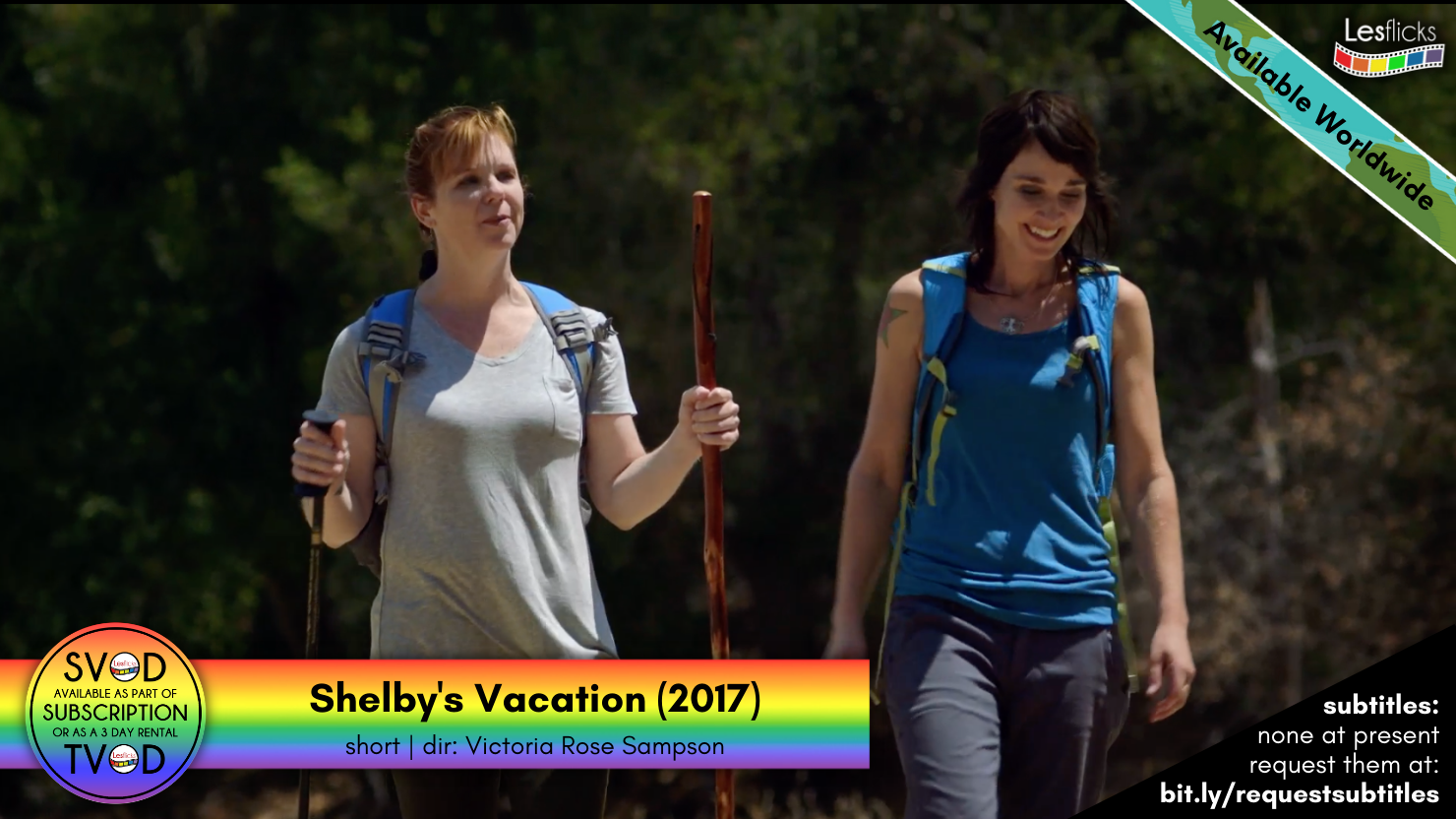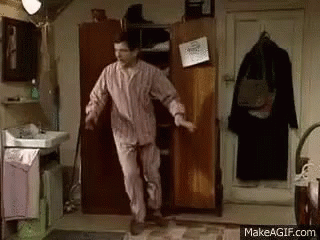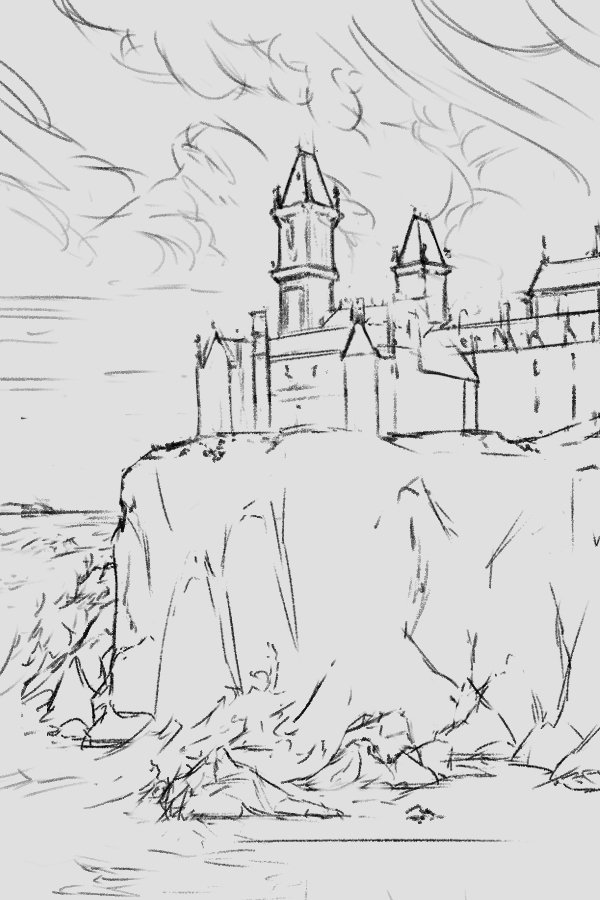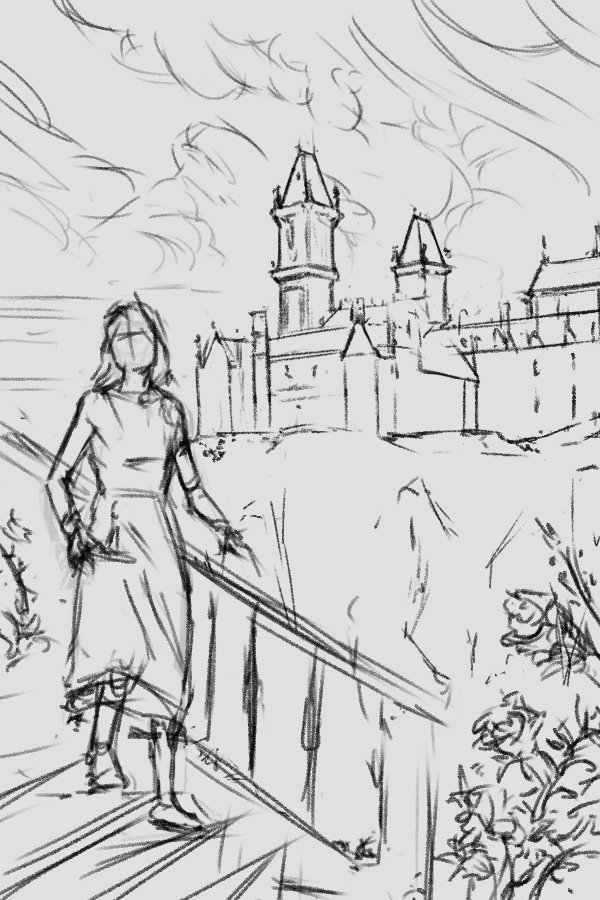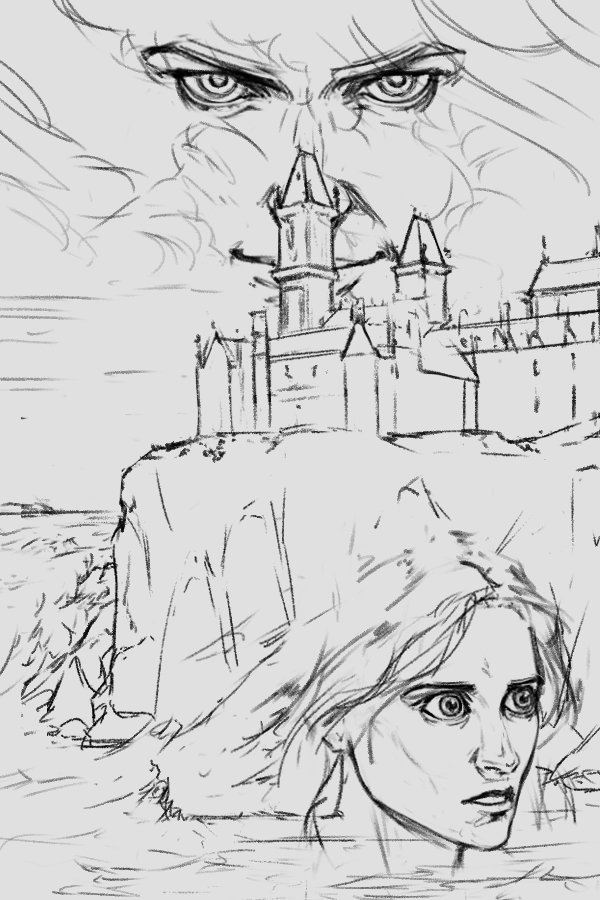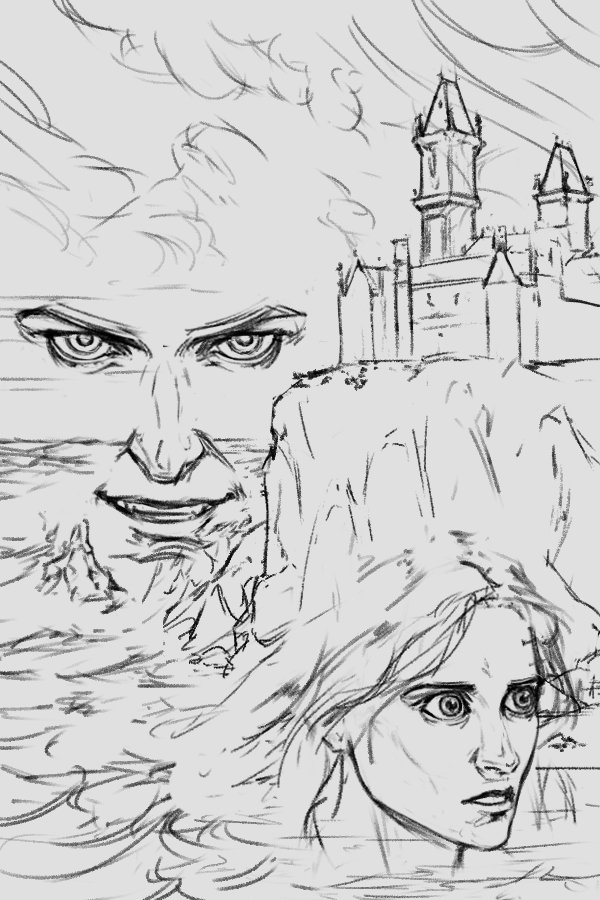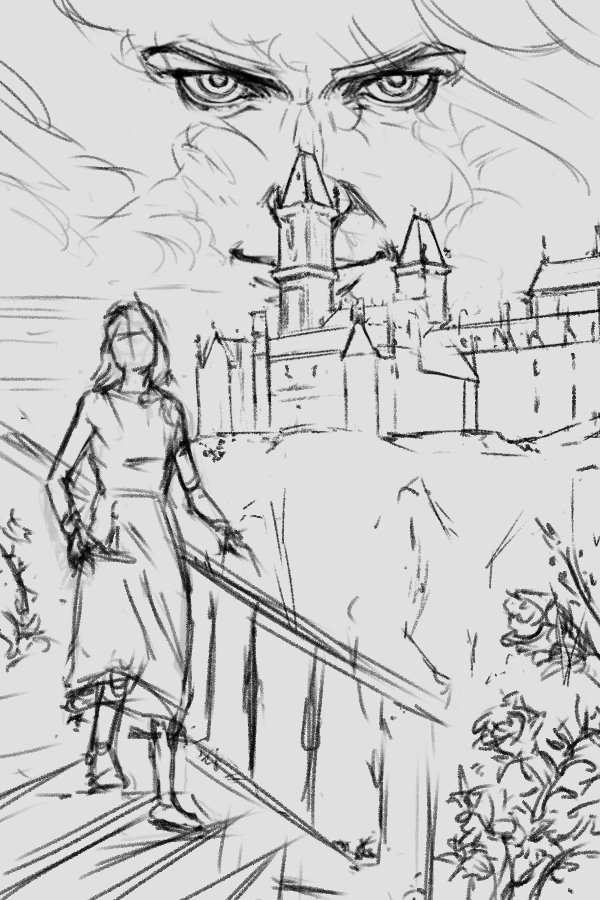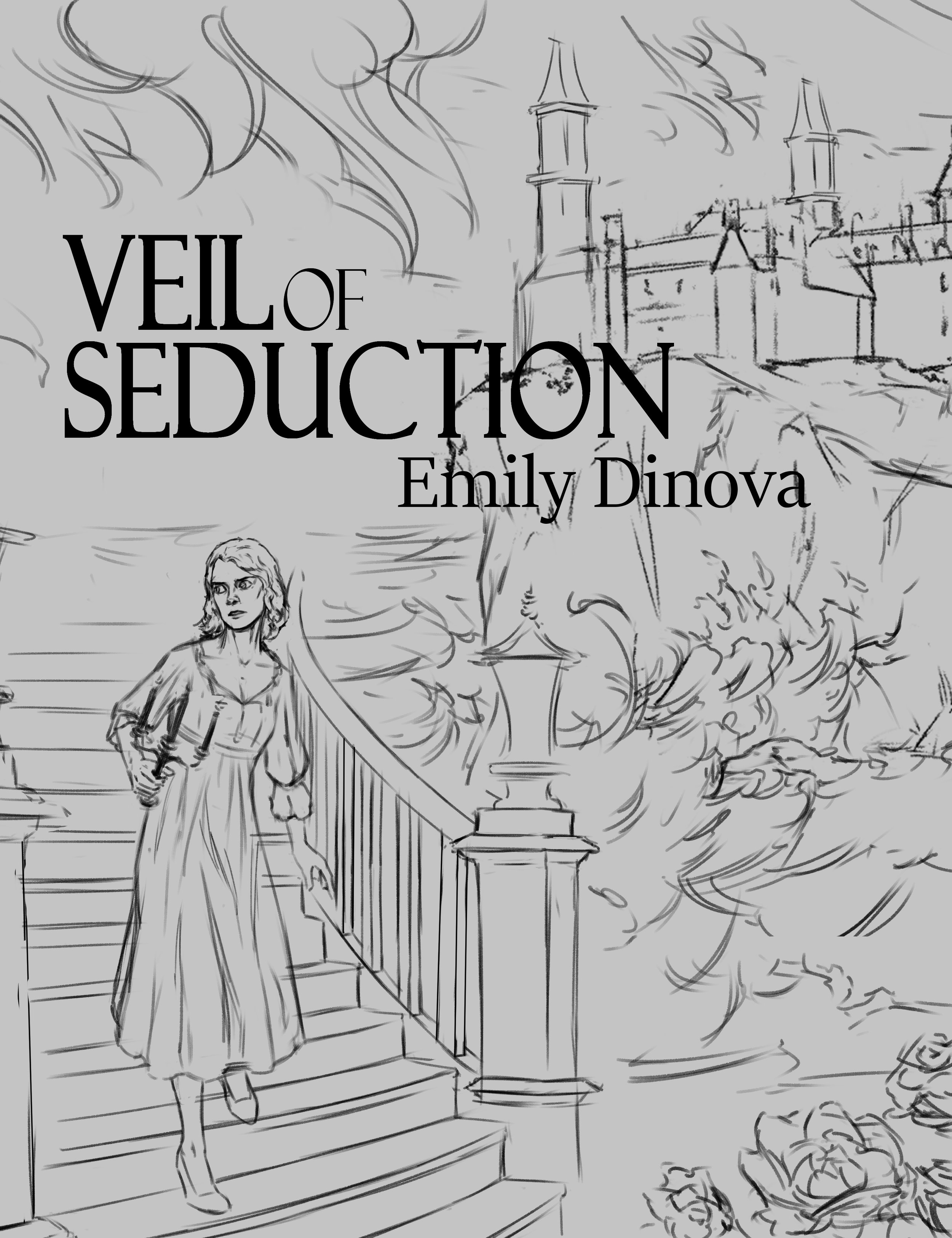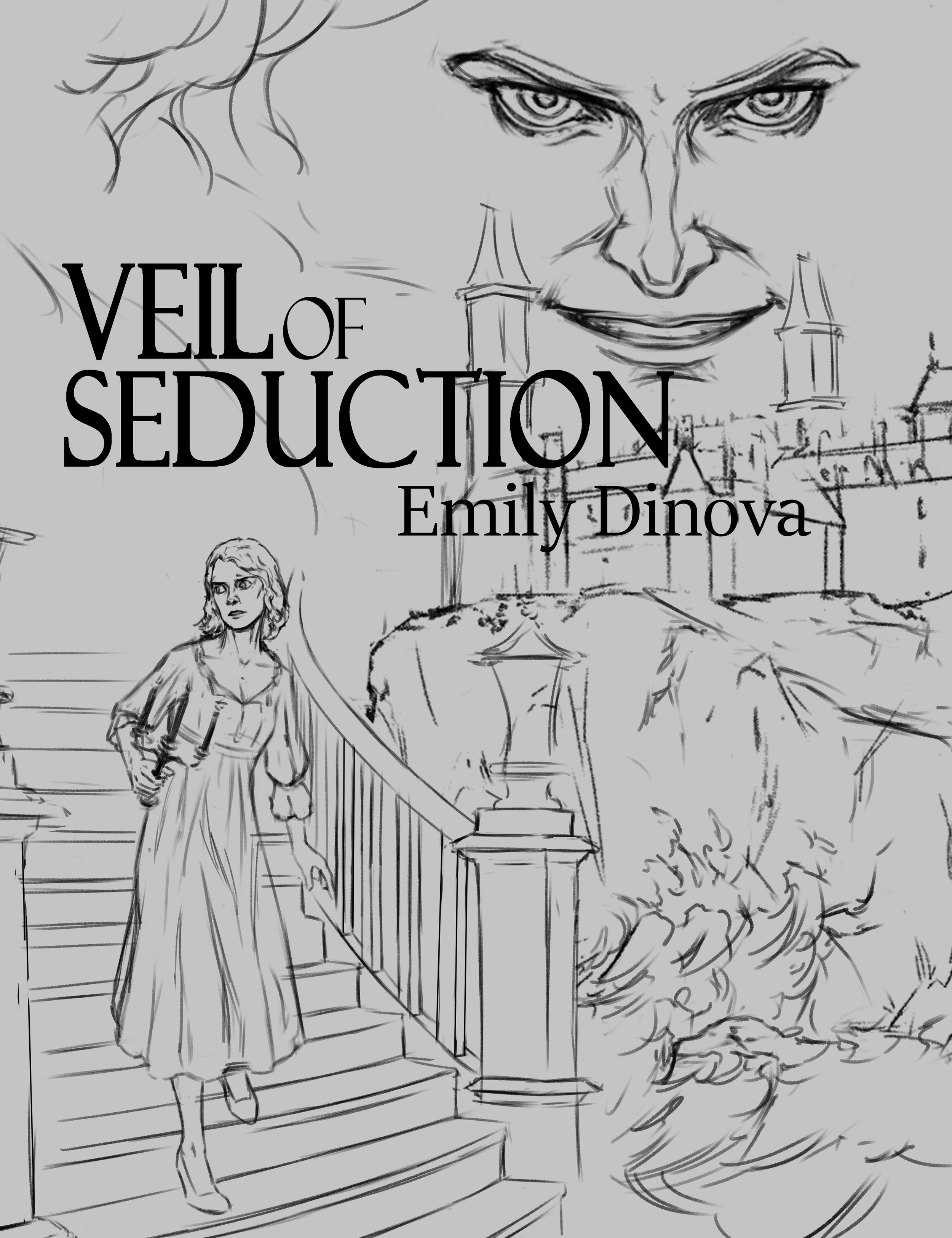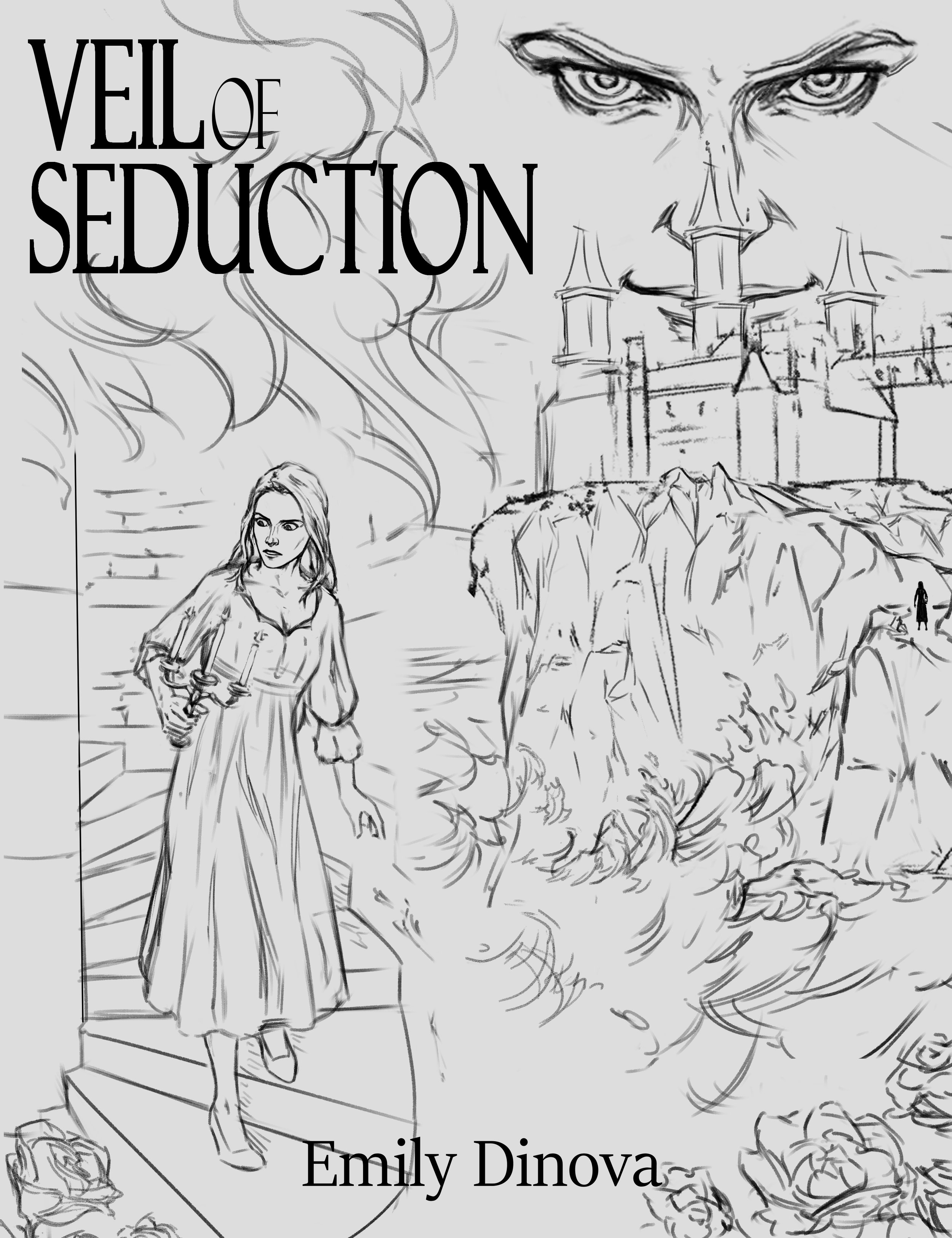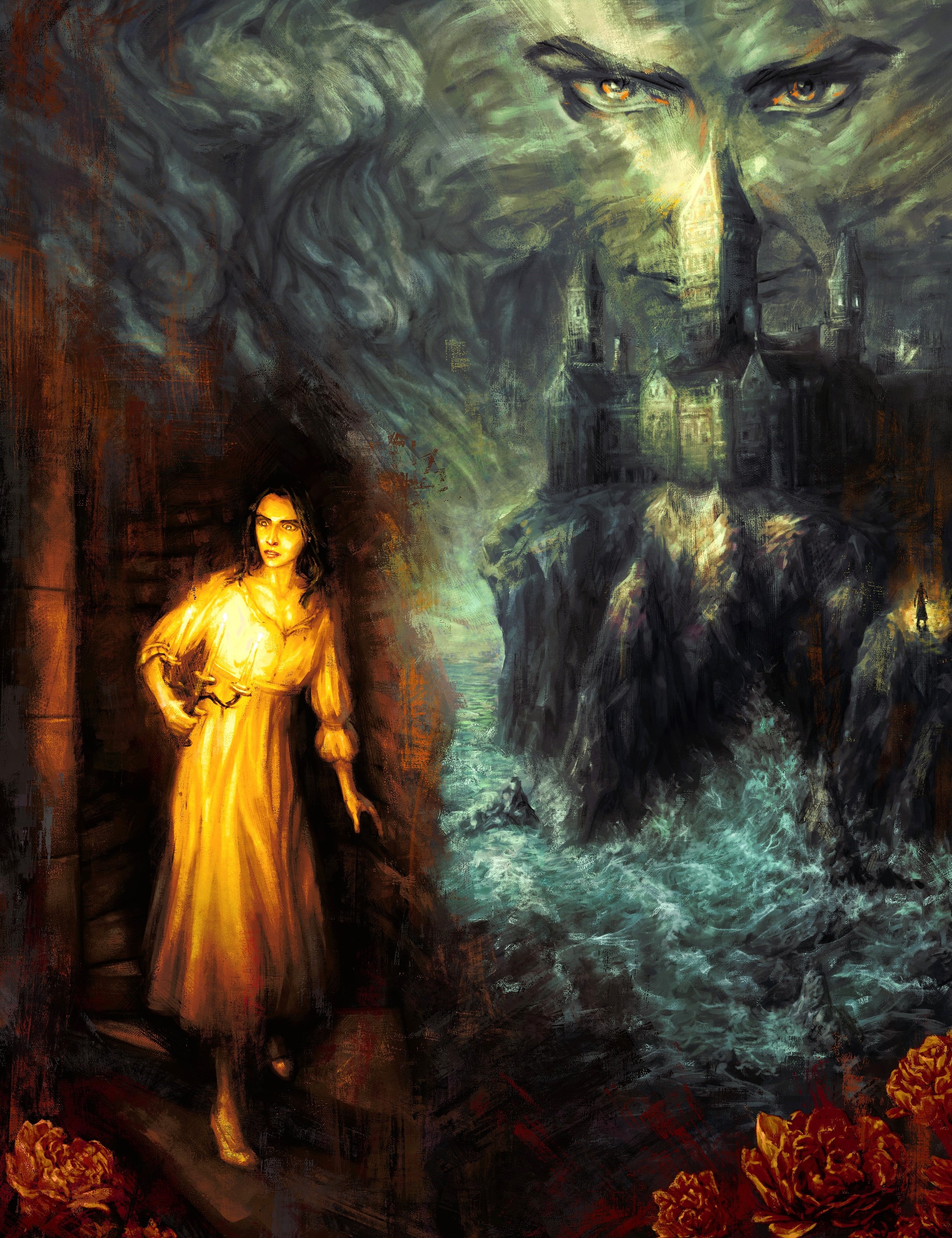Throughout my childhood I had the pleasure of experiencing the diversity of two different worlds.
I lived in a busy Brooklyn apartment complex during the school year, and the courtyard was a hive of activity as neighbors played games and laughed. But summers were spent in the tranquil Catskills, where sleep-away camp provided the peaceful splendor of lakes and forests. The rural peace and metropolitan energy shaped me. I was automatically drawn to stories that echoed these themes of discovery and community.
As a child, I was a devoted reader, diving into books whenever I could. Free from the constant distractions of today, I immersed myself fully in the stories before me. While I read anything I could get my hands on, I was especially drawn to novels about characters searching for their identity and purpose. A well-crafted narrative had the power to pull me in completely, forging a deep connection to the protagonist and making their journey feel like my own.
In preparation for my debut book, A Flag for Juneteenth, I delved deeply into the history of slavery in America. My research included reading extensively, listening to podcasts, and examining online archives. Among the materials I discovered, a photograph of a young girl from the Library of Congress resonated profoundly with me. Her image seemed to embody the spirit of my heroine, and she became a guiding inspiration as I crafted the character’s personality and narrative. These resources allowed me to envision the lives, struggles, and resilience of those who endured this harrowing period in history.
I wanted my main character’s name to be distinctive, something unfamiliar to readers. I imagined her as a prophetic figure, someone who could witness the historic moment of slavery’s legal end in America while also symbolizing a hopeful vision of a future free from bondage. In my search for inspiration, I looked up biblical female prophets and came across an image of a striking Black woman named Huldah. The name immediately felt right, it perfectly captured the essence of my character.
Huldah’s baby sister, Eve, also has a meaningful biblical name. Derived from the Hebrew word for “to breathe” or “to live,” it reflects her future as a child born into a world no longer bound by the chains of enslavement.
Another named character in the story is Mr. Menard, the oldest man on the plantation. His surname comes from Michel B. Menard, the first plantation owner in Galveston, Texas, where the story takes place. Including this detail felt important to me, as it highlights how enslaved people were often stripped of their identities and given the names of their enslavers, severing ties to their own family histories.
I wanted to find a way to engage young readers with a historical event that is often overlooked in schools and connect them to a time so different from their own. To do this, I decided to begin the story with an experience many children can relate to: the excitement of an upcoming birthday. My main character, Huldah, is a thoughtful and mature girl with a deep sense of responsibility. She spends her days caring for her baby sister while her parents toil on the plantation.
Readers meet Huldah on the day before her 10th birthday, which that year fell on a Sunday. Sundays were precious, a time for rest and for families to gather and reconnect. On this particular day, Huldah’s mother makes her favorite tea cakes in honor of her birthday, a rare treat that the demands of plantation life wouldn’t allow during the busy workweek.
The characters in my book are intentionally faceless, a choice made to encourage readers to imagine themselves in the story and form a personal connection with the narrative. My hope is that this approach deepens the emotional resonance of the story, making its themes and history more relatable and impactful.
I take immense pride in illustrating this book through quilting, a storytelling tradition passed down by my ancestors. As I designed each illustration, I carefully considered how to bring the text to life and decided which elements needed extra emphasis. For instance, the opening page mentions tea cakes, a simple yet cherished treat made by enslaved people using basic pantry ingredients. I wanted readers to see and imagine these tea cakes, so I recreated them with a piece of brown fabric from my collection, chosen for its subtle color variations. Although modest in appearance, tea cakes were rich in flavor and aroma, so I added hand-embroidered details to depict the scent drifting through the air.
The entire process of creating the illustrations took over a year. It was a monumental and deeply emotional undertaking. Since the characters in the story are faceless, I had to find alternative ways to convey Huldah’s personality and ensure she was recognizable across each scene. Achieving this consistency on such a small scale with fabric presented unique challenges. At times, Huldah felt so real to me that I told a friend she had become like a daughter. The connection I developed with her as a character was profound, and it made the journey of creating this book even more meaningful.
When teaching about this painful chapter in American history, it’s essential to illuminate the strength, resilience, and beauty of African and African American people during their enslavement. Equally important is highlighting the vital role that family and community played in their lives, a foundation that endured through incredible hardship and remains significant today.
As educators, we must go beyond the narrative of forced labor to explore what life was like during moments of rest and connection. Despite the oppressive conditions, enslaved people worked tirelessly to maintain bonds with their families and build a sense of community. By presenting them as fully realized individuals with hopes, relationships, and humanity, we foster empathy in young readers. This approach helps them recognize shared experiences rather than focus solely on differences, sparking a deeper curiosity about this pivotal period in American history.
Kim Taylor
is a speech language pathologist and Department Supervisor at a large school for deaf children. She is also an expert quilter whose works have been exhibited at several venues throughout the Mid-Atlantic region. Kim’s quilts reflect African American life, and she tells stories through her materials. After researching the origins of the Juneteenth celebration, she created a Juneteenth story quilt, which she has exhibited and presented in dozens of local schools. Realizing that many teachers and students were unaware of the holiday, she was moved to write this book. She lives in Baldwin, New York.
To see more of Kim’s quilts, visit her website at MaterialGirlStoryQuilts.com
G&E In Motion does not necessarily agree with the opinions of our guest bloggers. That would be boring and counterproductive. We have simply found the author’s thoughts to be interesting, intelligent, unique, insightful, and/or important. We may not agree on the words but we surely agree on their right to express them and proudly present this platform as a means to do so.

















